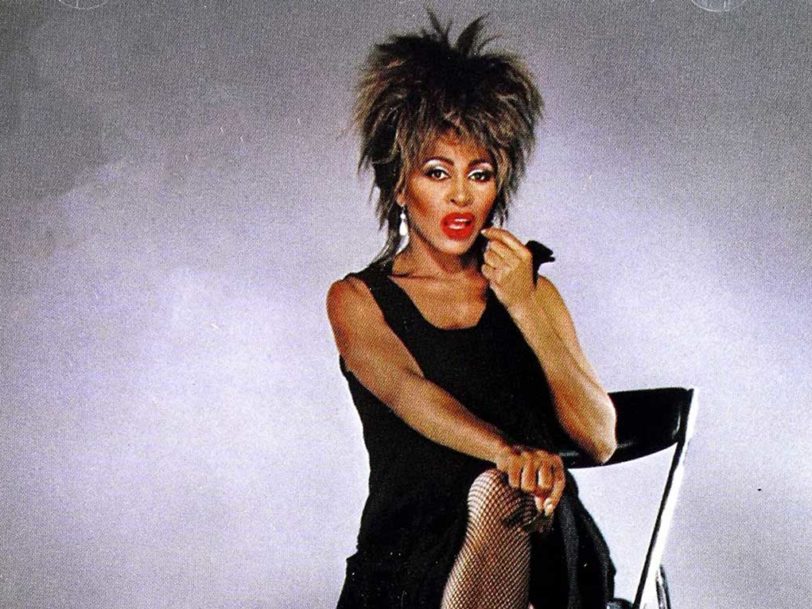1976 was a watershed year for singer Tina Turner. After years of psychological and physical torment at the hands of her controlling, drug-crazed husband, Ike Turner, she fled her toxic marriage behind for good when she left him asleep in their Dallas hotel room after an altercation. Escaping into the night with just 36 cents and two black eyes to her name, Turner found temporary refuge hiding at a friend’s house before another friend paid for her to fly to Los Angeles to begin a new life. It was the start of a new journey that would find the singer entirely reinventing herself with 1984’s Private Dancer album. Before that, however, Turner had to prove she could make it on her own.
Listen to ‘Private Dancer’ here.
A rock-meets-soul comeback
Outside of the Ike And Tina Turner Revue, life was initially tough for the then 37-year-old singer, who was surviving on food stamps and working as a cleaner. After regrouping, Turner resumed her singing career in 1978, the year her divorce from Ike was finalised. Fronting a cabaret-style live show, she also released two disco-tinged albums (1978’s Rough and the following year’s Love Explosion), though they failed to generate much interest, even among loyal Ike And Tina Turner fans.
As the 70s rolled into the 80s, Tina soldiered on. Crucially, she dropped disco and cabaret for a grittier rock-meets-soul approach that earned her support slots with The Rolling Stones and Rod Stewart. Then a cameo appearance singing a synth-driven version of The Temptations’ Ball Of Confusion, on the 1982 album Music Of Quality And Distinction Vol.1 by British Electric Foundation (BEF), a side-project masterminded by Heaven 17’s Martyn Ware and Ian Craig Marsh, brought her more visibility and led to a singles deal with Capitol Records.
- ‘Private Dancer’ Track-By-Track: A Guide To Every Song On Tina Turner’s Career-Making Album
- When Tina Turner Broke A World Record In Rio De Janeiro, 1988
- Tina Turner: Why The Queen Of Rock’n’Roll Is Still Simply The Best
Turner’s debut release for the label, a modernised version of Al Green’s early 70s soul classic Let’s Stay Together, reunited her with BEF producer Ware, and became her first ever charting UK solo single when it reached No.6 in November 1983. At 44, Tina Turner was back – and the unexpected scale of her success prompted Capitol to bankroll an album, resulting in Private Dancer, the record that would crown Tina Turner the Queen Of Rock’n’Roll.




